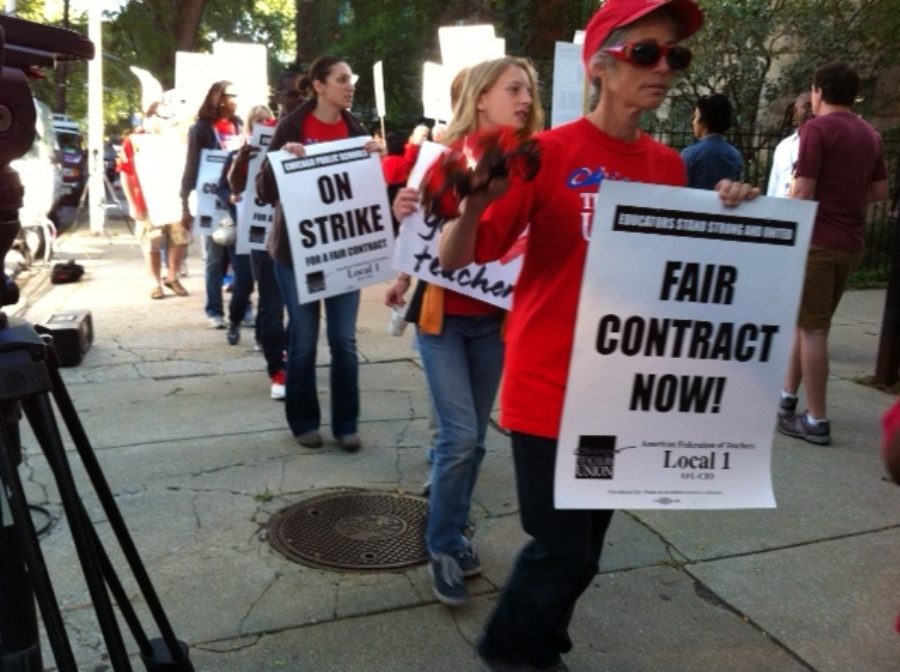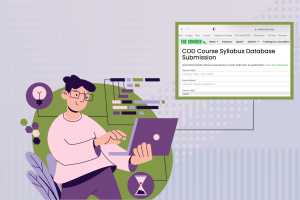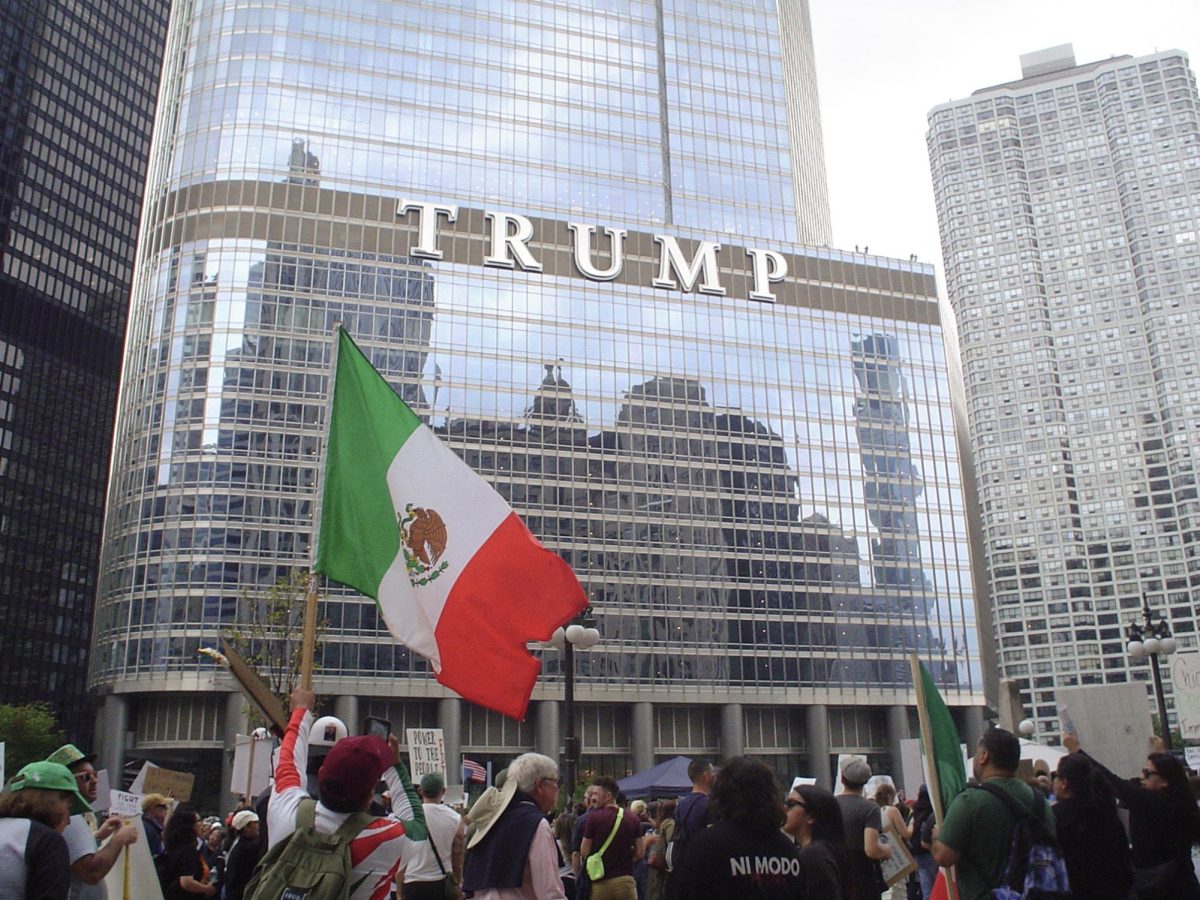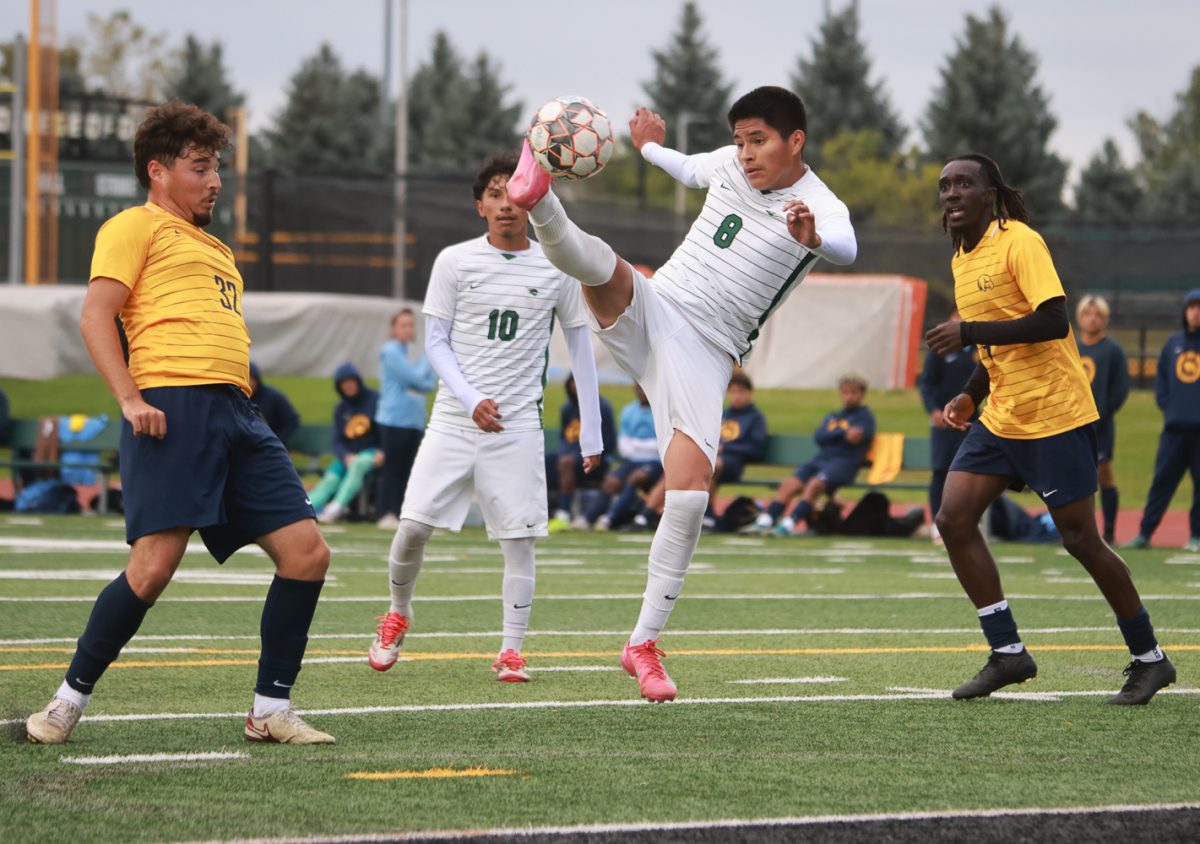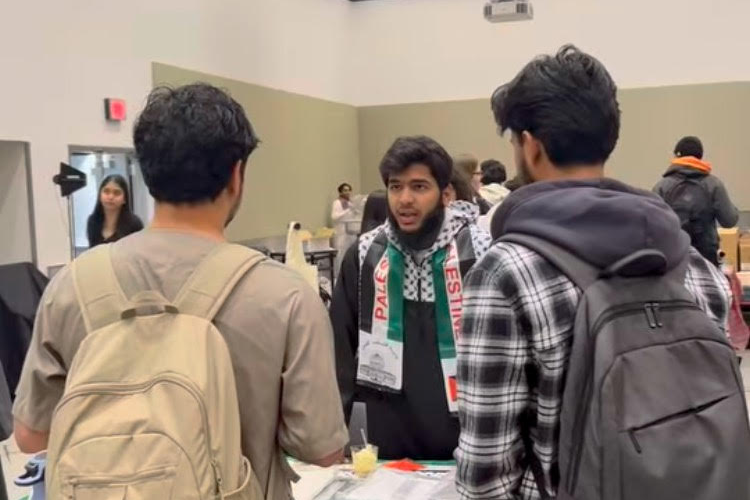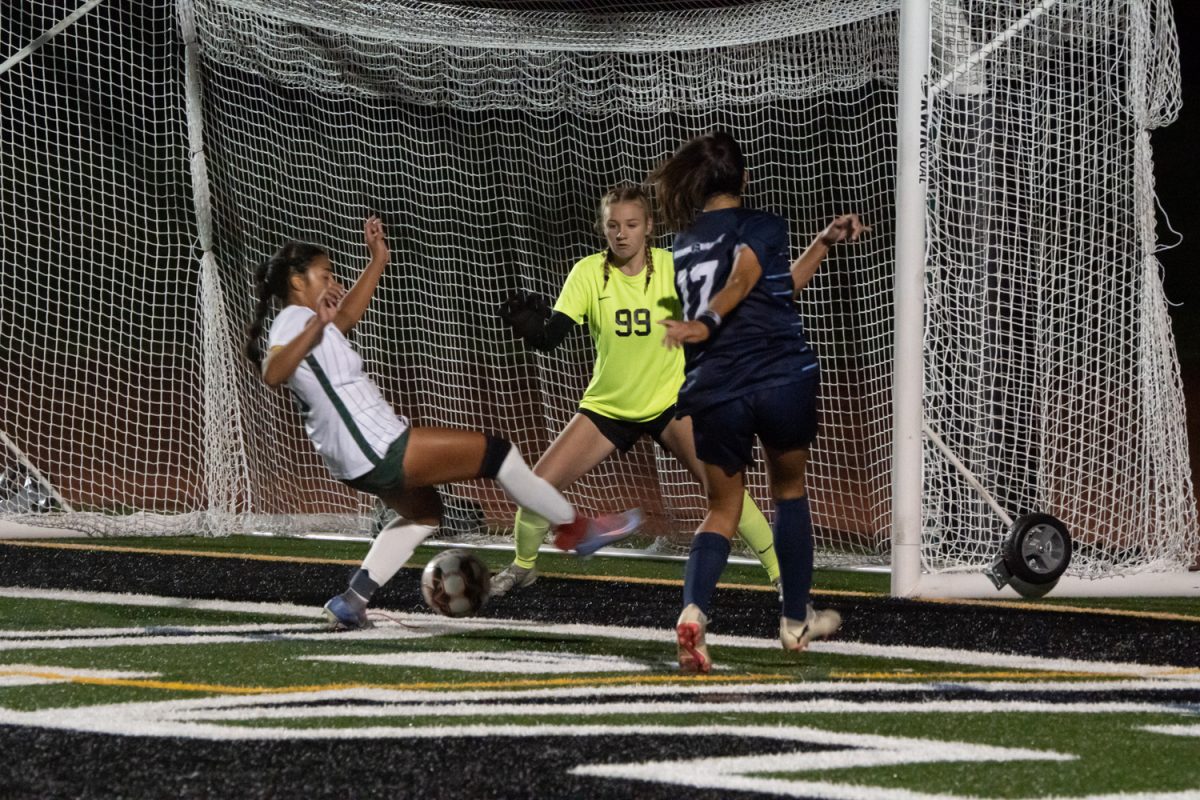5 ways ‘Janus’ Supreme Court ruling could affect Illinois schools
June 27, 2018
The U.S. Supreme Court is poised to decide a historic case that could shift the political landscape and dampen union power – including in local school districts.
The plaintiff in the case, Janus vs. AFSCME, is Illinois state employee Mark Janus. Janus complained that he should not have to pay fees to a government union he refuses to join and whose politics and policies he rejects, and that being compelled to pay violates his First Amendment right to free speech. Illinois is one of 22 states that allow unions to automatically deduct what’s known as an “agency fee” from workers’ checks even if they opt not to join the labor organizations.
The American Federation of State, County and Municipal Employees, the defendant in the case, argues that it is legally obligated to negotiate wages and work conditions via contracts that benefit union-eligible workers like Janus who opt out of membership, and that the fee ensures nonunion workers pay their fair share.
The court is expected to issue a ruling in the case as early as Monday morning. While surprises do happen, most legal experts forecast an adverse ruling for unions. That’s an outcome the Chicago Teachers Union and other labor groups already have been bracing for.
Here’s how Illinois school districts could feel the impact if their predictions come true:
- Teacher unions could lose clout
Experts say the Janus case isn’t just a labor issue or a freedom of speech issue — it’s very much connected to the broader clash between the unions, which are typically seen as major cogs in the Democratic Party, and conservative organizations like the Illinois Policy Institute and the National Right To Work Committee. The plaintiff is represented in court by groups tied to the institute and the committee, respectively. The case was first sparked by Illinois Gov. Bruce Rauner, a Republican, although he was dropped as a plaintiff when a judge ruled the governor’s office wasn’t directly harmed by the fee policy and lacked standing to sue.
“This is a part of a larger effort to break public employee unions, to limit their power, and to limit what they can do,” said San Francisco-based education consultant Julia Koppich.
With less money to fund their activities, experts said some unions could experience a decline in political clout and find that some school districts feel less pressure to meet their demands. Anti-union organizations or school districts might try to entice members to abandon the groups or discourage former fee payers from joining in an attempt to reduce the relevance of unions.
“I don’t think that means unions are going to go away,” said Martin H. Malin, a law professor at Chicago-Kent College of Law and director of the Institute for Law and the Workplace. “A lot is going to depend on an individual school district.”
- Teacher pipelines could suffer
While this isn’t being forecast as an acute issue, experts said classrooms could eventually feel the impact of the Janus verdict when it comes to the quality and quantity of teachers.
“It’s not a good thing for what’s happening in class if it over time erodes union power, work conditions, and makes it harder to retain teachers,” Malin said.
If unions in certain school districts are unable to secure regular salary increases, professional development, supplies and materials, Koppich said, “then people will stop signing up to teach in those districts.”
Kayne said it’s possible that if Janus weakens union advocacy, teacher shortages could be exacerbated.
“There is a shortage of teachers in Illinois, and I think it’s because the profession and teachers have been blamed and disparaged and they haven’t been funded,” she said. “If we undermine the unions that advocate on their behalf, it’s going to result in maybe a greater teacher shortage or conditions that are even worse for teachers. I think that definitely impacts teachers being hired, teachers being retained, teachers feeling supported to do the important work they’re doing.”
- Teacher unions will lose money and members, and tighten belts
A ruling against unions essentially means that teachers’ unions have to work on behalf of non-union teachers but can’t charge them for those services via agency fees.
“I think there’s a fair number of people who probably will choose not to pay a fee, and won’t join the union—not for philosophical reasons, but because people like free stuff,” said Koppich, who said unions will seek ways to reduce their budgets.
Malin said that he expects the Chicago Teachers Union to lose funds and members, but that the union is well-equipped to rebound.
“They do a great job, though, of internal organizing,” Malin said.
CTU spokesperson Christine Geovanis said the CTU plans to realign and reduce the union staff this year by at least 10 percent via retirements, voluntary separations, and layoffs, with a goal of maintaining strength in organizing and direct member support.
- Teachers might pay more in dues
As mentioned, teacher unions could be facing some hard decisions about how to account for the loss of funds from fee payers, and, potentially, the loss of members. One way teacher unions could try to make up for the lost revenues is by asking members to pay more.
“They may raise dues, which requires a vote of members,” Koppich said.
CTU teachers pay about $1,100 in annual dues, while non-union teachers pay the same amount in fees. Paraprofessionals and school-related personnel pay 60 percent of teacher dues or agency fees, which come to $655. The CTU counts just under 24,000 active members. Less than 2 percent of union-eligible school workers pay agency fees in lieu of joining the CTU, according to union spokesperson Christine Geovanis. That might not sound like much, but it comes to about 400 employees who collectively contribute hundreds of thousands of dollars.
- Teachers will hear more union recruitment pitches
In June 2017, about 900 CPS employees were agency fee payers. The union has ramped up its recruiting efforts since then, and now the number stands at about 400. In the fall, CTU launched a districtwide campaign encouraging agency fee payers to sign union cards, and this spring has continued the effort CTU’s Christine Geovanis said. Teacher unions will have to redouble efforts to get non-members to join them, and to keep current members in the organization, experts said. Unions must stress what people gain by joining, Koppich said.
“Unions essentially have to return to the old days when they had to organize people, when there was no agency fee and they had to give people a reason to pay out of their hard-earned paycheck,” Koppich said.
In school systems where teachers generally have a good relationship with the district, experts said union membership might not seem as attractive or necessary. But in places like Chicago, where the district-union relationship is more adversarial, unions might have an easier time articulating their importance, according to Andrea Kayne, an associate professor at DePaul University’s College of Education and director of its educational leadership doctoral program. Kayne doesn’t expect the CTU to crumble after Janus. She pointed to the union’s resilience in the face of a 2011 state law that raised the threshold for authorizing a teachers union strike so that 75 percent of membership had to vote in favor of it. (Ultimately, 90 percent of teachers supported the strike, which lasted seven days.)
“If you go back to the last strike with the CTU, you had the mayor and others going to Springfield and lobbying to make it harder for teachers to strike, but it actually resulted in the union being even stronger and more emboldened, and they got a strike vote very easily in 2012,” Kayne said. “I do feel that when teachers unions are attacked and they perceive it as a governor or state trying to undermine them, it creates more cohesion and galvanizes action.”
Originally posted on Chalkbeat by Adeshina Emmanuel on June 18, 2018
Chalkbeat is a nonprofit news site covering educational change in public schools.



